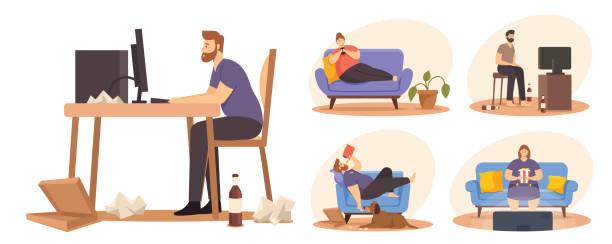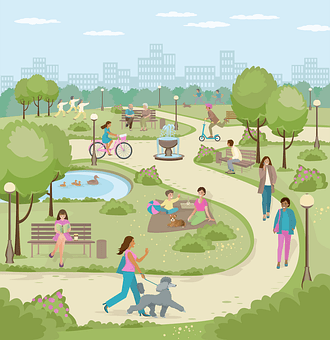Explore the World's Best Ideas
Join today and uncover 100+ curated journeys from 50+ topics. Unlock access to our mobile app with extensive features.
Changing a sedentary culture
Our bodies move all the time. Or, rather, we are loading our cells all the time, even when we are in a chair or bed at night. But many of our loads are static. We call the state of being loaded in one position for a long time sedentary.
Sedentarism is an unintended consequence of other ways we identify our culture: like being“well developed” or “technologically progressive,” etc.
5
37 reads
It's not about running
Everyone will have to think about ways to move more. For example, walking more can be a good program to improve your physical fitness levels.
Aim for 100 steps per minute. If you're just getting started, your fitness-making pace might be slower. On the other hand, if you're already used to walking at 100 steps per minute, you might need to walk faster.
If you can't walk faster than 100 steps per minute, choose uphill or staired routes, or carry a load to challenge your fitness level.
5
25 reads
Cultures and subcultures
"Sedentary culture" is currently part of the broader, overarching culture. But subcultures, including our individual culture, can also be sedentary. We would be moving more if society was set up to encourage or even require us to move more.
However, the most immediate benefits can be found in changing our personal culture, which can grow into a dynamic family culture. For example, the whole family can sign up for a running race.
4
30 reads
Walking and BPM
Measuring your steps per minute can be boring. One way to challenge your pace is to use a song's beats-per-minute (bpm) as your stepping-rate guide.
Beyonce’s "Crazy in Love" and Stevie Wonder's "Superstition" are 100 bpm songs. Try some 120 bpm songs for comparison, such as "I Wanna Dance With Somebody" by Whitney Houston, "Enter Sandman" by Metallica, or "Don’t Stop Believin'" by Journey.
Check your pace by humming a few bars to see how your steps measure out. Spotify has playlists that organise songs by bpm.
5
20 reads
IDEAS CURATED BY
Rebecca Norris's ideas are part of this journey:
Learn more about exerciseandfitness with this collection
How to apply new knowledge in everyday life
Why continuous learning is important
How to find and evaluate sources of knowledge
Related collections
Similar ideas
2 ideas
How jewellery got personal
bbc.com
18 ideas
How People Think
collaborativefund.com
7 ideas
Leading Blog: A Leadership Blog
leadershipnow.com
Read & Learn
20x Faster
without
deepstash
with
deepstash
with
deepstash
Personalized microlearning
—
100+ Learning Journeys
—
Access to 200,000+ ideas
—
Access to the mobile app
—
Unlimited idea saving
—
—
Unlimited history
—
—
Unlimited listening to ideas
—
—
Downloading & offline access
—
—
Supercharge your mind with one idea per day
Enter your email and spend 1 minute every day to learn something new.
I agree to receive email updates


